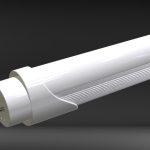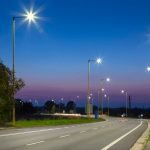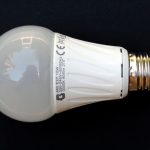The Versatile LED Light: Understanding Its Purpose and Benefits
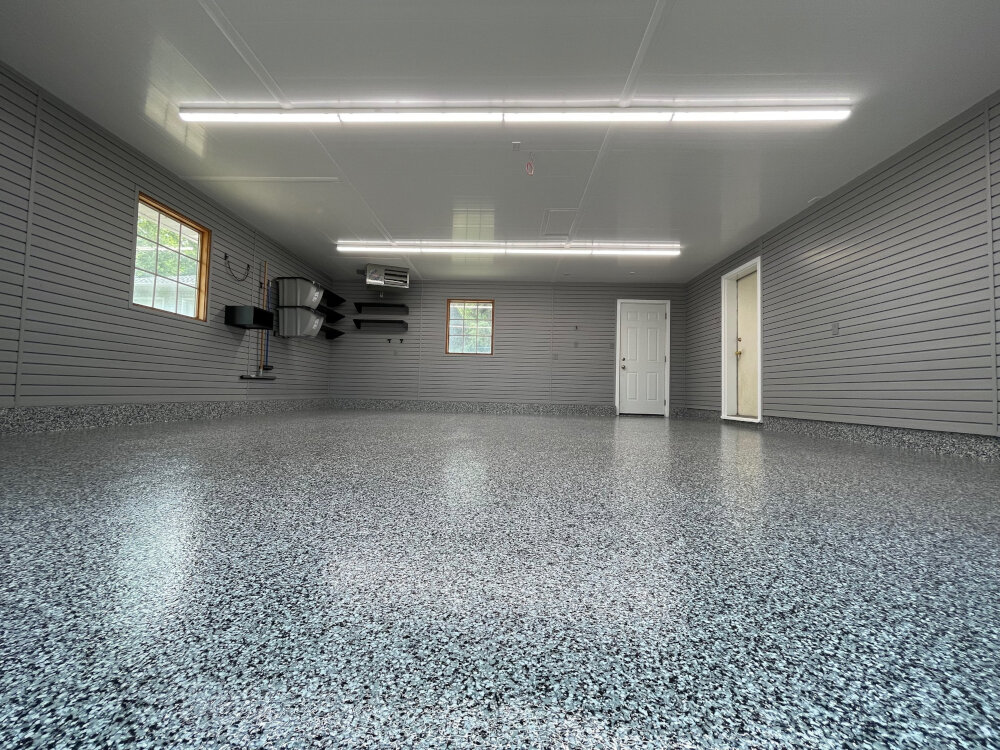
In today’s world, lighting technology has come a long way, and one of the most efficient and versatile forms of lighting is the LED light. LED stands for Light Emitting Diode, and these lights are not only energy-efficient but also have a longer lifespan compared to traditional lighting options. LED lights are used in various settings, from residential and commercial spaces to outdoor and automotive lighting. Understanding the purpose and benefits of LED lights has become increasingly important in today’s world, as more and more people look for eco-friendly and cost-effective lighting solutions. One of the most significant advantages of LED lights is their energy efficiency. LED lights use less energy to produce the same amount of light as traditional lighting options. This means that by switching to LED lights, people can significantly reduce their energy bills and carbon footprint. Additionally, LED lights have a longer lifespan, which means that they need to be replaced less frequently, reducing waste and further reducing costs. LED lights are also durable and can withstand harsh weather conditions, making them an ideal choice for outdoor lighting. Understanding the purpose and benefits of LED lights can help individuals and businesses make more informed decisions when it comes to lighting options, ultimately leading to cost savings, reduced environmental impact, and better lighting experiences.
LED technology, short for Light Emitting Diode, is a type of lighting that has become increasingly popular in recent years due to its numerous advantages over traditional lighting systems. LEDs are semiconductor devices that produce light when an electrical current is passed through them. They are highly energy-efficient, consuming up to 90% less energy than incandescent bulbs and have a much longer lifespan, lasting up to 25 times longer. LEDs are also more durable, shock-resistant, and emit very little heat, making them safer and more environmentally friendly. They come in a variety of colors, can be dimmed easily, and are versatile enough to be used for a wide range of applications, from home and office lighting to street lamps and automotive lighting.
The importance of LED lights in various industries cannot be overstated. These lights have become a popular choice due to their energy efficiency, long lifespan, and durability. In addition, they emit very little heat, making them ideal for use in environments where temperature control is crucial. LED lights are widely used in the automotive industry, as they provide bright and clear illumination for both interior and exterior lighting. They are also commonly used in the hospitality industry, where they provide a warm and inviting atmosphere in hotels, restaurants, and other establishments. The healthcare industry also benefits from LED lighting, as it provides a sterile and bright environment for medical procedures. Overall, the versatility of LED lights makes them a valuable asset to any industry looking to reduce costs, improve safety, and enhance the overall customer experience.
How LED Lights Work
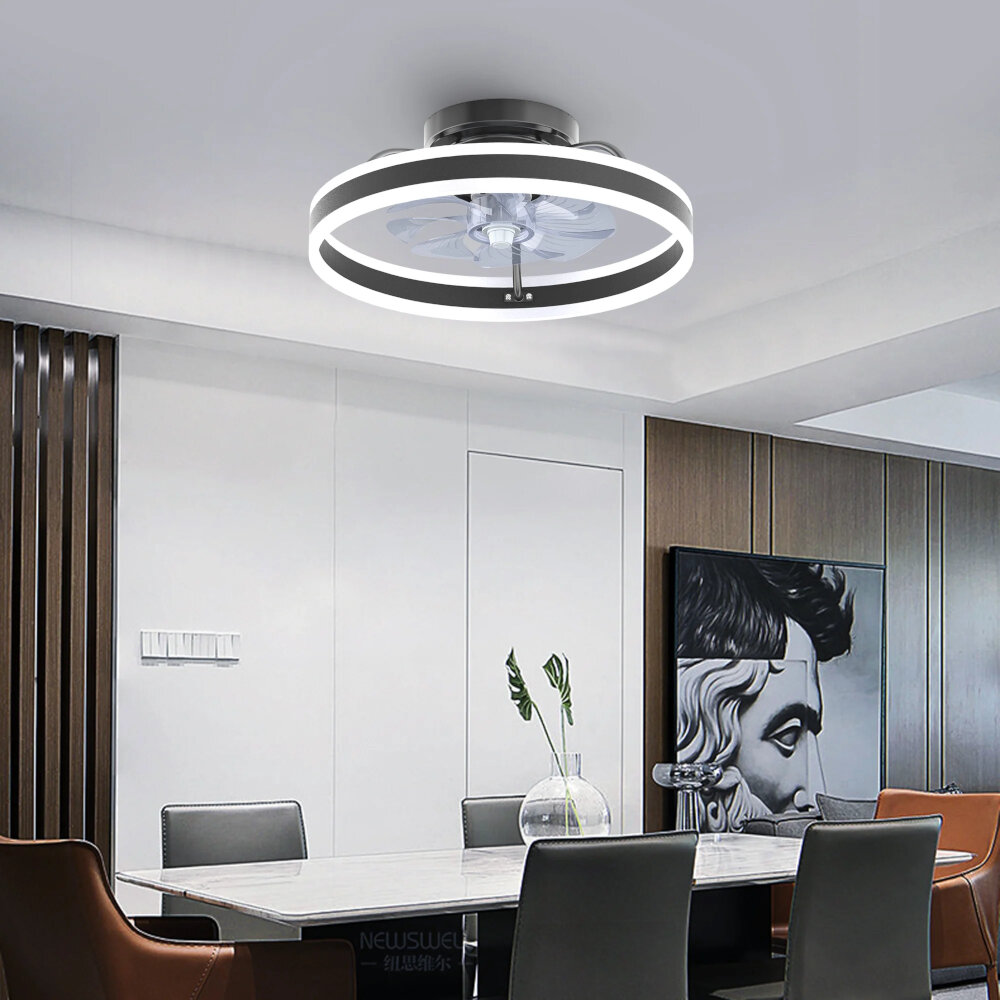
LED lights have become increasingly popular over the years due to their energy efficiency and long-lasting lifespan. But how do they actually work? LED stands for \light-emitting diode\ and is a type of semiconductor device that emits light when an electric current passes through it. The diode itself is made up of a chip of semiconductor material, usually made from a combination of gallium, arsenic, and phosphorus. When an electric current is applied to the chip, the electrons in the material move around, releasing energy in the form of photons of light. The color of the light emitted depends on the materials used in the diode. One of the main benefits of LED lights is their energy efficiency. Traditional incandescent light bulbs waste a lot of energy by producing heat, while LED lights produce very little heat and use almost all of their energy to produce light. This makes them much more efficient, which can result in significant cost savings over time. Additionally, LED lights have a much longer lifespan than traditional bulbs, sometimes lasting up to 25 times longer. This means that they need to be replaced less frequently, which can also lead to cost savings and less waste. Overall, the science behind LED lights is fascinating and their benefits make them a great choice for anyone looking for an efficient and long-lasting lighting solution.
LED lights or Light Emitting Diodes are semiconductor devices that emit light when current passes through them. Unlike traditional incandescent light bulbs that use a filament to produce light, LEDs convert electricity directly into light. This process is known as electroluminescence. LEDs are made up of semiconductor materials such as silicon and germanium, which are doped with impurities to create a p-n junction. When an electrical current is applied to the junction, it causes the electrons to combine with the electron holes, releasing energy in the form of photons. This process is highly efficient, as LEDs convert up to 90% of the energy they consume into light, making them much more energy-efficient than traditional bulbs. Additionally, LEDs are available in a wide range of colors and sizes, and they can be used in a variety of applications, including lighting, displays, and indicators.
In comparison with traditional lighting sources, LED lights offer a plethora of benefits. Firstly, they consume significantly less energy, making them an eco-friendly and cost-effective option. Additionally, they have a longer lifespan, providing savings in replacement and maintenance costs. LED lights are also much more versatile in terms of design and usage, allowing for various color temperatures and intensities. Furthermore, they emit significantly less heat, making them a safer option, particularly in residential and commercial spaces. Finally, LED lights do not contain any hazardous materials, making them a sustainable and environmentally friendly lighting solution. In summary, LED lights offer numerous advantages over traditional lighting sources, making them the preferred choice for modern lighting needs.
Types of LED Lights
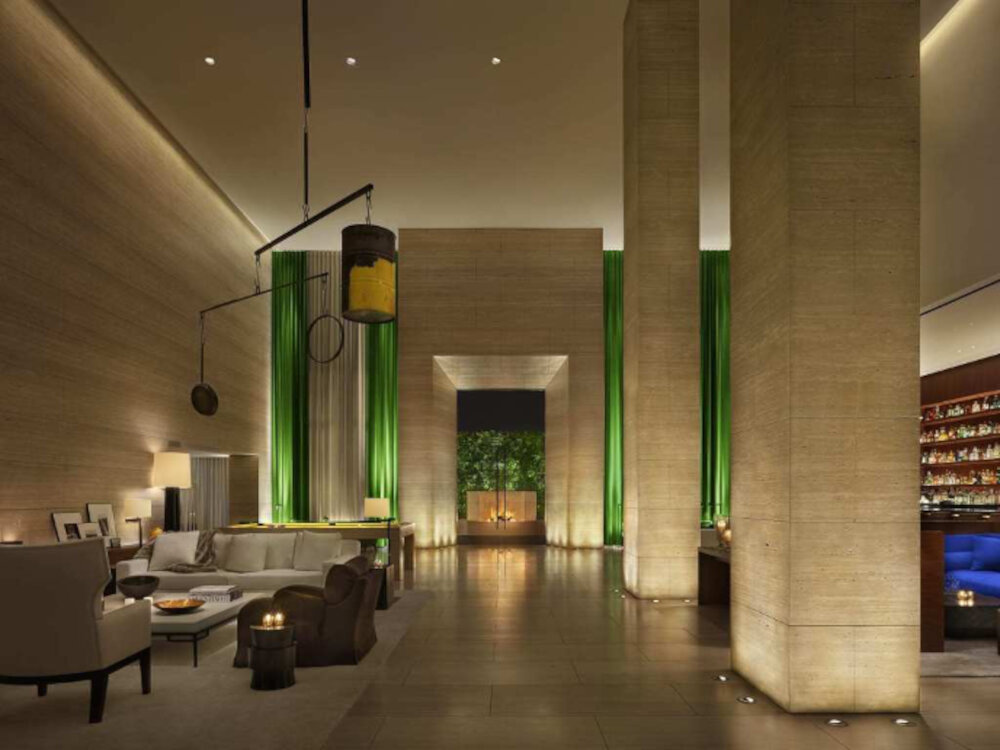
LED lights have gained immense popularity due to their numerous benefits, including energy efficiency, durability, and low maintenance. Apart from these advantages, LED lights are also available in various types, each with unique features and applications. One of the most common types of LED lights is the LED strip or ribbon lights. These lights comprise small LED bulbs mounted on a flexible strip, making them perfect for use in curved or irregular spaces. LED strip lights are commonly used for accent lighting, under-cabinet lighting, and decoration purposes, and they are available in different colors and lengths. They are also versatile and can be cut to match the required length, making them ideal for creating unique lighting designs. Another type of LED light is the LED floodlight, which is used for outdoor lighting purposes. LED floodlights are designed to provide a high-intensity, broad beam of light, making them suitable for illuminating large areas such as sports stadiums, parking lots, and building facades. They are energy-efficient, have a longer lifespan than traditional floodlights, and are also weather-resistant, making them perfect for outdoor use in different conditions. LED floodlights come in various wattages, and their brightness can be adjusted to match the required lighting needs, making them a cost-effective lighting option for outdoor spaces. Overall, LED lights come in many different types, each with unique features and applications, making them a versatile and practical lighting solution for different settings.
The market is filled with a variety of LED lights that cater to different needs and preferences. One of the most popular types is the standard LED bulb, which provides bright and energy-efficient lighting for homes and offices. Then there are LED strip lights that can be used for accent lighting or decoration. LED floodlights are ideal for outdoor lighting and security purposes, while LED downlights offer a sleek and modern look for indoor spaces. LED grow lights are designed for indoor gardening, while LED headlights and taillights provide better visibility and safety for drivers. With so many options available, it’s easy to find an LED light that suits your specific needs and requirements.
LED lights come in different types such as SMD, COB, high power, and filament, each with its unique features and applications. SMD LEDs are small and versatile, making them suitable for a wide range of lighting applications, including backlighting and signage. COB LEDs are high-powered and emit intense light, making them ideal for outdoor lighting and commercial and industrial applications. High-power LEDs are energy-efficient and provide high brightness, making them ideal for lighting large spaces such as offices and warehouses. Filament LEDs are designed to mimic the warm glow of traditional incandescent bulbs and are perfect for decorative lighting applications. Understanding the different types of LED lights and their applications is essential in choosing the right lighting solution for your needs.
Benefits of LED Lights
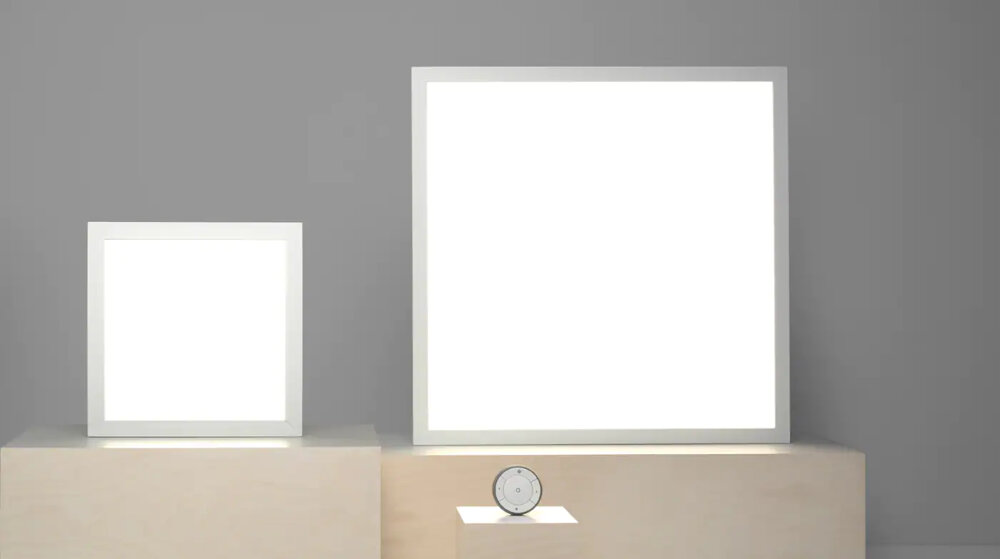
LED lights are becoming increasingly popular in both residential and commercial settings. One of the main benefits of LED lights is their energy efficiency. They consume significantly less energy than traditional incandescent bulbs, which translates into reduced electricity bills for consumers. Additionally, LED lights have a longer lifespan compared to traditional bulbs, which means less frequent replacements and less waste. This makes them an eco-friendly choice for those looking to reduce their carbon footprint. Another benefit of LED lights is their versatility. They come in a wide range of colors and can be used in various settings to create different moods and atmospheres. For example, warm white LEDs can create a cozy and relaxing atmosphere in a bedroom, while cool white LEDs are perfect for task lighting in a kitchen or office. LED lights can also be used for outdoor lighting, such as in gardens or on driveways, due to their durability and resistance to weather conditions. With their versatility and energy efficiency, it’s no wonder LED lights are becoming the go-to lighting choice for many consumers.
Energy efficiency has been a hot topic in recent years, and for good reason. By utilizing LED lights, we can significantly reduce energy consumption, leading to substantial cost savings. LEDs use up to 80% less energy than traditional incandescent bulbs and can last up to 25 times longer. This translates to a significant reduction in electricity bills and maintenance costs, making it an economical choice for both households and businesses. Additionally, LED lights emit less heat than traditional bulbs, reducing the need for air conditioning, which further contributes to energy and cost savings. By adopting LED lighting, we not only save money but also reduce our carbon footprint, making it a win-win situation for both our wallets and the environment.
One of the most remarkable benefits of LED lights is their longer lifespan and durability. Unlike traditional incandescent bulbs, LEDs can last up to 50,000 hours, which is far longer than any other lighting technology. This means that you’ll have to replace your LED bulbs far less frequently, saving you money and time. Additionally, LED lights are built to withstand a wide range of environmental conditions and are resistant to shock, vibration, and temperature changes. This makes them ideal for outdoor and industrial use, where traditional lights may not be able to withstand harsh conditions. Ultimately, the longevity and durability of LED lights make them a smart investment for anyone looking for reliable and long-lasting lighting solutions.
In today’s world, where climate change is a pressing issue, it is imperative to adopt environmentally friendly solutions in our day-to-day lives. LED lights, which have gained immense popularity in recent years, offer a sustainable lighting option that can help reduce our carbon footprint. These lights consume less energy and last longer than traditional lighting options, making them an eco-friendly choice. Additionally, LED lights do not contain hazardous materials like mercury, making them safer for the environment and our health. By using LED lights, we can take a small step towards creating a sustainable future for ourselves and our planet.
The shift towards LED lighting has brought about a significant improvement in safety and health benefits. Unlike traditional lighting options, LED lights do not contain hazardous materials such as mercury, which can be detrimental to human health and the environment. LED lights are also less prone to overheating and can operate at lower temperatures, reducing the risk of fire hazards. Additionally, LED lights emit less UV radiation, reducing the risk of skin damage and potential health problems. These benefits not only make LED lights a safer option for consumers but also contribute to a healthier and more sustainable environment.
Applications of LED Lights
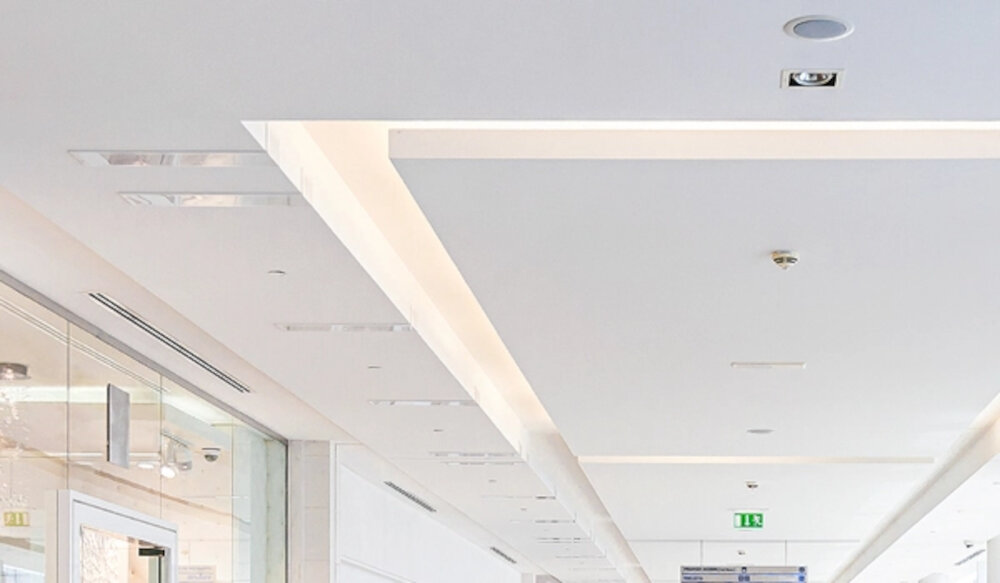
LED lights, or Light Emitting Diodes, have revolutionized the lighting industry with their energy efficiency, durability, and versatility. LEDs are now used in a wide range of applications, from household lighting to industrial and commercial lighting, and even in entertainment and art installations. One of the most common applications of LED lights is in interior and exterior lighting for homes and buildings. LEDs can be used for general illumination, task lighting, accent lighting, and decorative lighting. They are available in a wide range of colors and intensities, making it easy to create a variety of lighting effects and moods. LED lights are also ideal for outdoor lighting, as they are resistant to weather and temperature changes, making them perfect for landscape lighting, street lighting, and parking lot lighting. Another popular application of LED lights is in automotive lighting. LED lights are now used in headlights, taillights, turn signals, and interior lighting in cars, trucks, and motorcycles. LED lights offer a brighter and more focused light than traditional halogen or incandescent bulbs, increasing visibility and safety on the road. LED lights are also more energy-efficient, reducing the load on the vehicle’s battery and alternator. Additionally, LED lights are more durable and long-lasting, reducing maintenance costs and the need for frequent bulb replacements. LED lights are also being used in other transportation applications, such as aviation, marine, and railway lighting, due to their reliability and efficiency.
Residential and commercial lighting are two distinct categories, each with its unique requirements and purposes. While residential lighting aims to create a warm, inviting atmosphere, commercial lighting has a more utilitarian purpose. It is designed to enhance productivity, create an ambiance that aligns with the brand identity, and provide a visually stimulating experience for customers. The LED light has revolutionized both residential and commercial lighting, offering numerous benefits such as energy efficiency, flexibility, and durability. With its versatility, LED lighting has become the go-to option for homeowners and business owners alike, offering endless possibilities for creating the perfect ambiance for any space.
Automotive lighting has undergone a significant transformation in recent years, and LED lights have played a crucial role in this transformation. LED lights are long-lasting, energy-efficient, and versatile, which makes them a perfect fit for automotive lighting systems. LED lights offer better visibility and safety on the road with their bright and clear light output, making it easier for drivers to see and be seen. Additionally, LED lights have a longer lifespan than traditional halogen bulbs, reducing the need for frequent bulb replacements and maintenance. Overall, the use of LED lights in automotive lighting has provided several benefits, making them a popular choice for modern cars.
Outdoor lighting plays a crucial role in enhancing the aesthetics and functionality of any outdoor space. LED lights are an excellent choice for outdoor lighting due to their versatility, energy efficiency, and durability. LED lights can be used to illuminate pathways, driveways, patios, decks, and gardens, creating a warm and inviting atmosphere. They also come in a variety of colors and intensities, allowing for customization to suit individual preferences. Additionally, LED lights are eco-friendly, as they consume less energy than traditional lighting sources, reducing carbon emissions and energy costs. Overall, LED outdoor lighting is a smart investment that provides both practical and aesthetic benefits.
LED lights have proven to be an incredibly versatile technology, finding widespread use in numerous fields including medicine and science. In medicine, LEDs are used for photodynamic therapy, which involves the use of light to activate drugs that target cancer cells. LED lights are also used in dermatology for skin rejuvenation and to treat conditions such as acne and psoriasis. In scientific applications, LEDs are used for fluorescence microscopy, which allows researchers to observe and study cells and tissues with high precision. Additionally, LEDs are used in environmental monitoring, helping to detect and measure pollutants in air and water. The efficiency, durability, and low heat emission of LED lights have made them an ideal choice for a variety of medical and scientific applications.
LED lights have become increasingly popular in recent years due to their many benefits and versatility. They are energy-efficient, consuming up to 80% less energy than traditional lighting options. This translates into significant savings on electricity bills and a reduction in carbon footprint. LED lights are also long-lasting, with a lifespan of up to 50,000 hours, which means they require less frequent replacement. They are also highly versatile, with a range of color temperatures and brightness options available, making them suitable for a variety of settings and purposes, from residential to commercial and industrial applications. Additionally, LED lights are durable and resistant to shock and vibration, making them ideal for outdoor and rugged environments. Overall, LED lights are a smart and sustainable lighting choice that offers numerous benefits and can be used in a wide range of applications.
The future of LED technology is promising, with continuous advancements in efficiency, color accuracy, and flexibility. Researchers are experimenting with nanotechnology to improve LED performance, enabling higher brightness and longer lifespans. Additionally, advancements in smart technology will allow for more control over LED lighting, including color and intensity adjustments, and automated systems that respond to environmental factors. LED lighting will also continue to play a significant role in sustainable energy solutions, with the potential to reduce energy consumption and carbon emissions on a global scale. With such potential for innovation and growth, it is clear that LED technology will continue to revolutionize the lighting industry for years to come.
The benefits of LED lights are undeniable. They are energy-efficient, long-lasting, eco-friendly, and cost-effective in the long run. However, the adoption of LED lights is still limited. Therefore, it’s time for a call to action to encourage the wider adoption of LED lights. Governments can provide incentives for households and businesses to switch to LED lights. Manufacturers can also play their part by producing LED lights at an affordable price. Additionally, education campaigns can be launched to raise awareness about the benefits of LED lights. By taking these steps, we can all contribute to a brighter and more sustainable future.
Conclusion
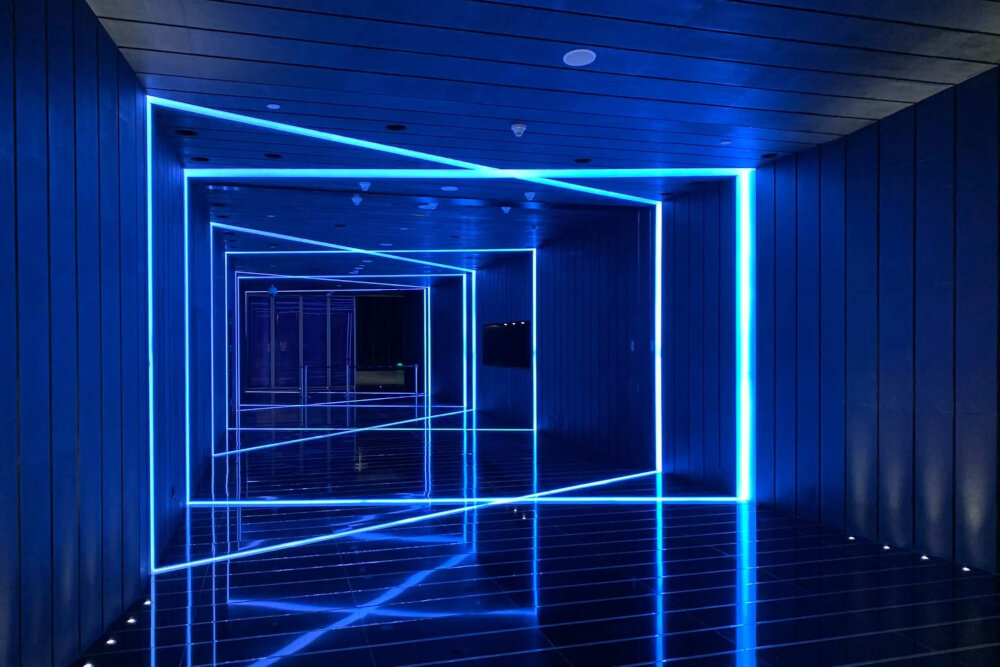
In conclusion, the LED light is a versatile and innovative lighting technology that offers numerous benefits for various applications. Its energy efficiency, long lifespan, low maintenance, and environmental friendliness make it an excellent choice for both residential and commercial use. The flexibility of LED lights to be used for both indoor and outdoor lighting, as well as for decorative and functional purposes, makes it a go-to option for lighting designers and architects. Furthermore, the continuous advancements in LED technology make it an exciting area for research and development, hinting at even more benefits in the future. In short, the LED light is a game-changing technology that is revolutionizing the lighting industry with its impressive benefits and versatile applications.


